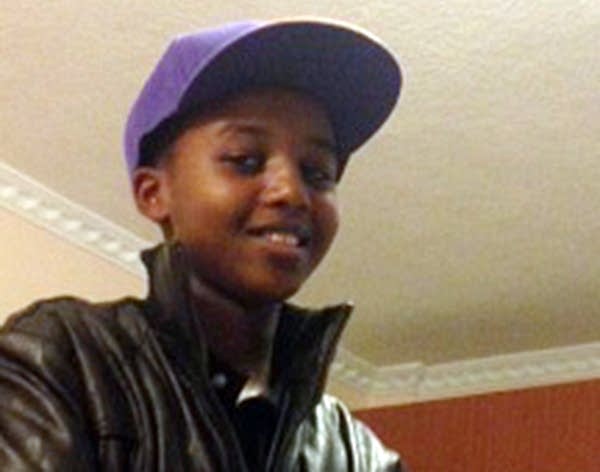4 ways to improve swim safety, reduce student drowning deaths

Go Deeper.
Create an account or log in to save stories.
Like this?
Thanks for liking this story! We have added it to a list of your favorite stories.

The recent drowning of St. Louis Park seventh-grader Abdullahi Charif in his school's swimming pool was a rare incident, but not unprecedented.
As MPR News' Laura Yuen reported, close to a dozen school drownings across the country over the past few years have been heartbreakingly similar. Most of them involved immigrant children who did not know how to swim, and no lifeguard was on duty.
Tom Griffiths , founder of Aquatic Safety Group and a national expert on swimming safety joined The Daily Circuit to discuss ways to better protect students in school swimming classes.
4 WAYS TO IMPROVE SWIM SAFETY
Turn Up Your Support
MPR News helps you turn down the noise and build shared understanding. Turn up your support for this public resource and keep trusted journalism accessible to all.
1. All school pools should have a dedicated lifeguard
The physical education teacher or swim instructor at a school is typically expected to supervise the students, monitor all doors, manage equipment and water chemicals, Griffiths said. This leads them to be distracted while children are in the water.
"A lifeguard with the singular task dedicated to visual surveillance of people in the water is the only way to go regardless of the activity," he said.
2. All pools should have a 'note and float' policy
All non-swimmers in a pool area should be identified with a wristband or necklace so everyone in the facility knows, Griffiths said. This helps increase situational awareness among parents, teachers and other students.
Non-swimmers should be protected with life jackets, he said.
"If we just transfer or extend the use of life jackets from boats and open water and require every non-swimmer to use a life jacket while we're teaching them how to swim... we'd reduce the drowning rate by 50 percent," Griffiths said.
3. When you see anything that looks odd in the pool, interact with that individual
Drowning victims don't all behave the same and often can appear to be participating in horseplay, he said. Lifeguards often have trouble seeing swimmers who go beneath the surface because of the ripple effect and lighting near the water.
"There is very little splashing, no waving, and no yelling or calls for help of any kind," wrote Mario Vittone for Slate. "To get an idea of just how quiet and undramatic from the surface drowning can be, consider this: It is the No. 2 cause of accidental death in children, ages 15 and under (just behind vehicle accidents)--of the approximately 750 children who will drown next year, about 375 of them will do so within 25 yards of a parent or other adult. In some of those drownings, the adult will actually watch the child do it, having no idea it is happening."
4. No texting near the pool
"Texting is neglecting around the water," Griffiths said.



